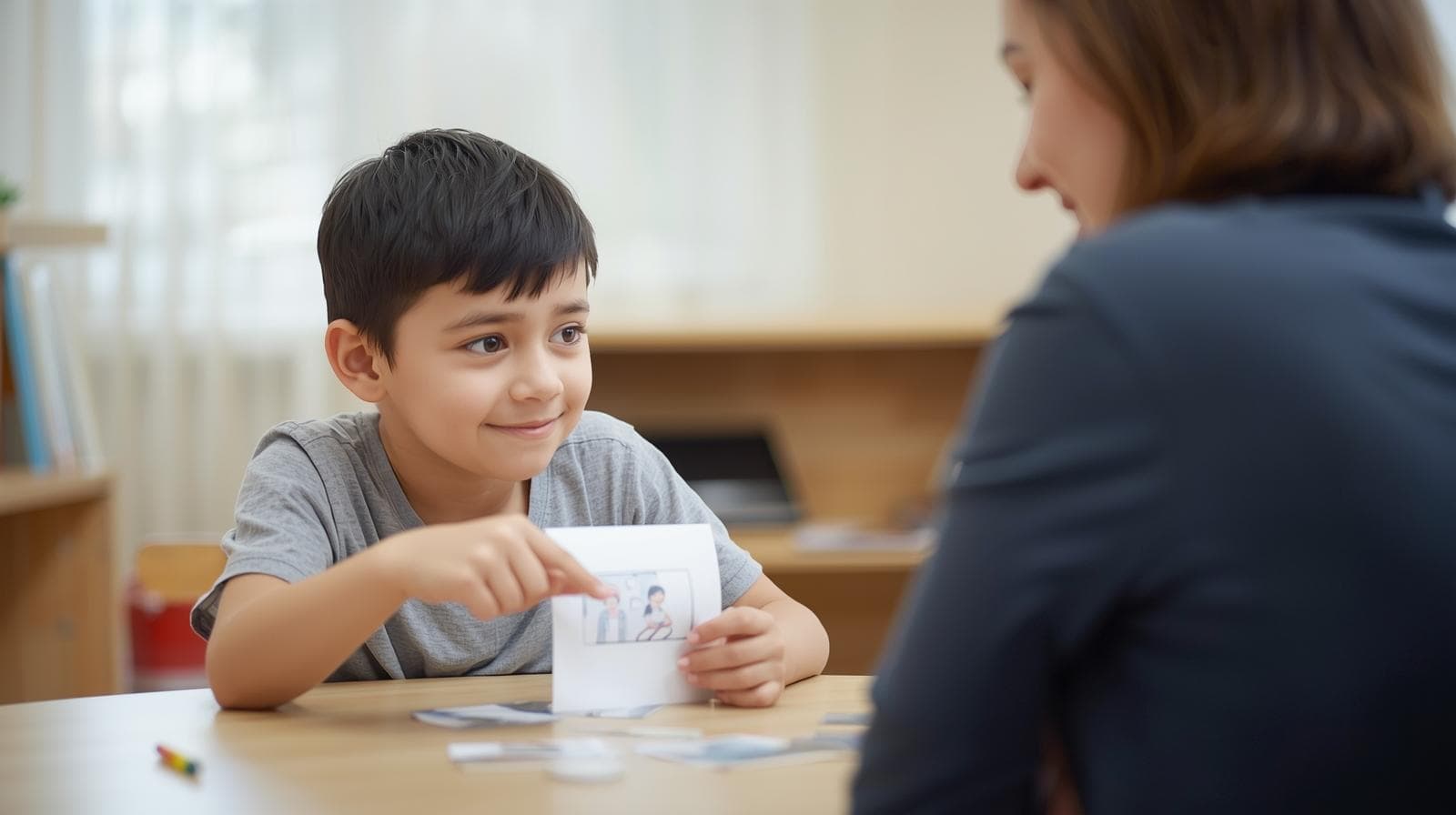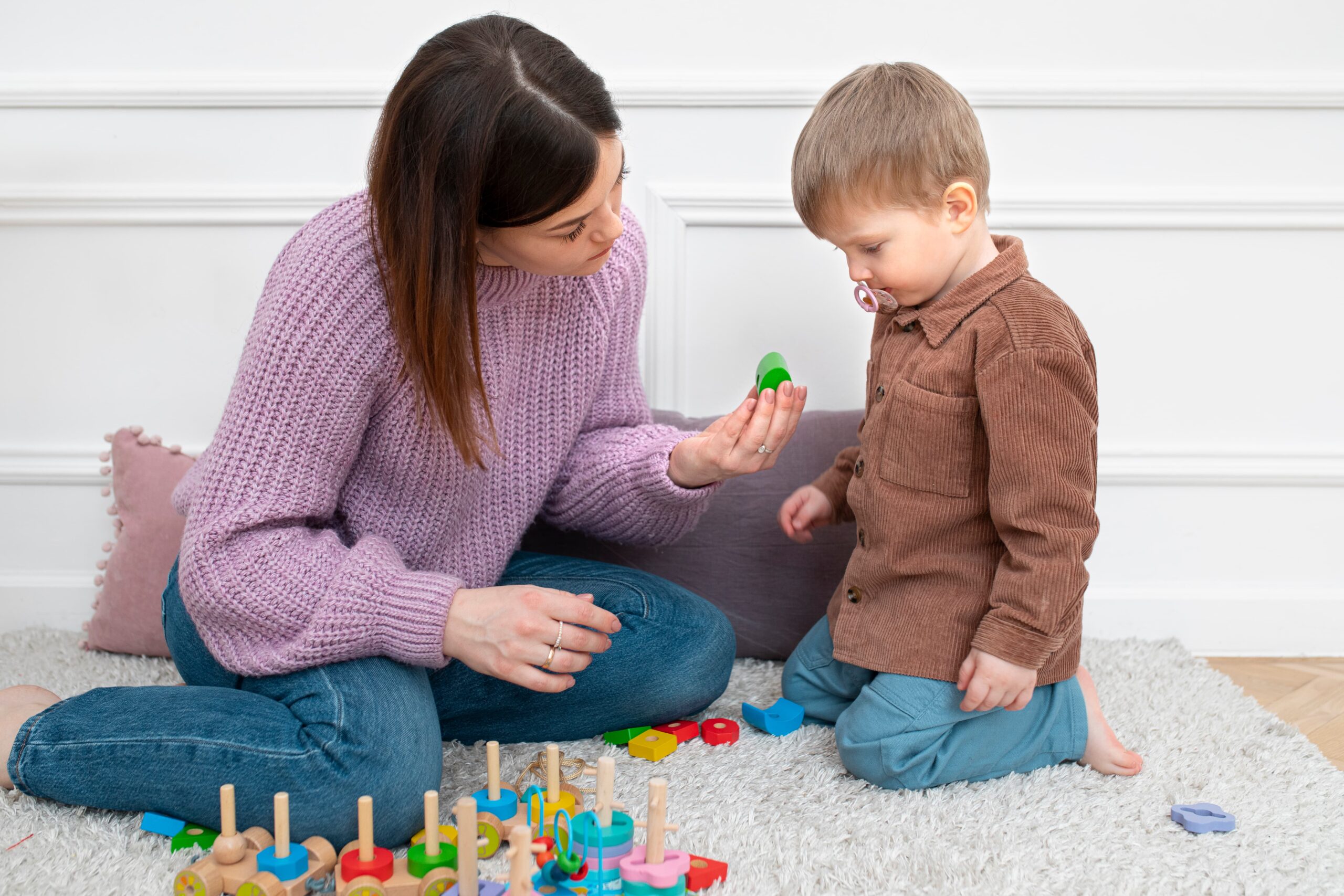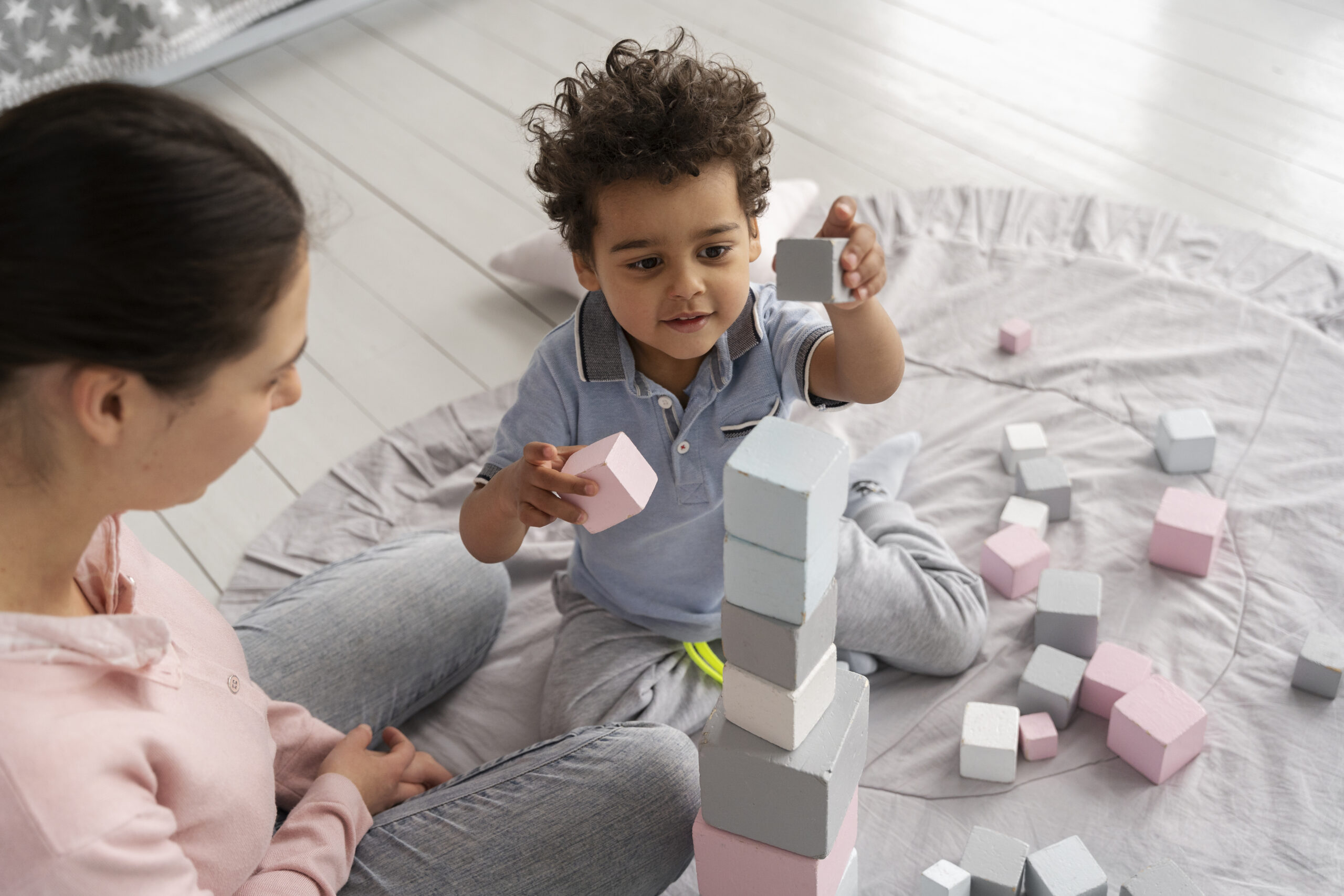Key Points:
- Low-functioning autism activities should focus on sensory, communication, and life skill development.
- Structured, hands-on, and visual-based tasks improve attention, learning, and daily independence.
- Consistency, reinforcement, and individualized approaches make learning meaningful and effective.
When supporting a child or individual with low-functioning autism, finding activities that truly help them learn and engage can be challenging. Many parents and educators search tirelessly for effective low-functioning autism activities that not only capture attention but also foster progress in communication, socialization, and daily living. The right activities can bridge gaps in understanding, promote independence, and build confidence through meaningful learning experiences.
This article explores how to identify, design, and implement activities that support enhanced learning for individuals with low-functioning autism, providing practical ideas, structured methods, and realistic expectations.
Understanding Low-Functioning Autism and Learning Needs
What does “low-functioning autism” mean?
The term low-functioning autism generally refers to individuals on the autism spectrum who have significant challenges with verbal communication, daily living skills, and adaptive behavior. Many may experience sensory sensitivities, difficulty following multi-step instructions, or limited social reciprocity.
It’s important to remember that “low-functioning” does not mean “incapable of learning.” It simply means that the individual requires more structured, repetitive, and concrete learning methods to make progress. The focus should always be on functionality and engagement, not comparison.
Why structured activities are essential
Individuals with low-functioning autism often thrive in predictable environments where tasks are broken down into manageable parts. Structured activities:
- Reduce confusion and anxiety.
- Build consistency and predictability.
- Reinforce cause-and-effect relationships.
- Promote attention, engagement, and memory retention.
When combined with positive reinforcement and individualized instruction, structured activities can create powerful learning opportunities.
 Designing Effective Low-Functioning Autism Activities
Designing Effective Low-Functioning Autism Activities
1. Keep goals simple and concrete
Each activity should target a specific, functional skill. For example:
- Instead of “practice communication,” aim for “requesting a toy using a picture card.”
- Instead of “learn math,” aim for “match numbers to quantities using objects.”
Clear, measurable goals make it easier to assess progress and keep the individual motivated.
2. Use visual and tactile materials
Visual and hands-on learning are powerful tools for low-functioning autism. Visual supports help individuals process and retain information more effectively. Try using:
- Picture exchange systems (PECS) for communication.
- Visual schedules to outline steps in an activity.
- Color-coded bins or cards to signal choices or instructions.
- Textured objects and manipulatives to keep attention focused through sensory input.
These visual tools reduce verbal demands and make learning more accessible.
3. Incorporate repetition and routine
Repetition builds confidence and familiarity. Routine reinforces understanding. Repeating an activity helps the individual master one step before moving on to the next. For example:
- Daily morning routines (brushing teeth, getting dressed) can be practiced step-by-step with visual prompts.
- Simple sorting or matching activities can be repeated with slight variations to maintain engagement.
When routines are consistent, individuals feel secure, and their ability to learn new information improves significantly.
Activity Categories for Low-Functioning Autism
Below are categories of effective low-functioning autism activities tailored to enhance learning across multiple developmental domains.
Sensory Activities for Regulation and Focus
Many individuals with low-functioning autism have sensory processing differences that affect their ability to focus and learn. Sensory activities can calm or energize, depending on need.
Examples:
- Sensory bins: Fill containers with rice, beans, or sand, and hide small objects to find. Builds attention and fine motor skills.
- Water play: Pouring, scooping, and transferring water between cups improves coordination and provides soothing sensory feedback.
- Textured paths: Walk barefoot over mats with different textures to increase sensory awareness.
- Bubble play: Blowing and popping bubbles encourages visual tracking and breath control.
Tips for effectiveness:
- Observe whether the child seeks or avoids certain sensations.
- Balance stimulating and calming sensory input.
- Use sensory activities as transitions between more structured learning tasks.
Communication Activities
Many individuals with low-functioning autism are nonverbal or minimally verbal. Communication activities focus on helping them express needs and wants effectively.
Examples:
- Picture Exchange Communication System (PECS): Teach the individual to hand over a picture of an item they want.
- Choice boards: Offer two or more visual options for snacks, toys, or activities.
- Imitation games: Encourage copying simple sounds, gestures, or facial expressions.
- Music and rhythm games: Use songs to promote vocalization and turn-taking.
Key strategies:
- Reinforce all communication attempts immediately.
- Pair visuals with spoken words to strengthen understanding.
- Keep prompts simple and consistent.
Over time, these communication activities can reduce frustration and improve social interaction.
Cognitive and Academic Activities
Cognitive development for low-functioning autism often benefits from activities that combine visual structure and hands-on engagement.
Examples:
- Matching and sorting tasks: Match pictures, colors, or shapes. Start with identical items and gradually increase difficulty.
- Object-to-picture matching: Match real objects to corresponding pictures to build abstract understanding.
- Cause-and-effect toys: Simple toys that respond to button presses or switches teach logic and persistence.
- Puzzle completion: Large-piece puzzles promote visual scanning and problem-solving.
- Counting objects: Count small items like blocks or beads while pointing and saying numbers aloud.
Tips:
- Limit distractions by keeping the learning space clear.
- Offer immediate positive reinforcement for effort, not just accuracy.
- Gradually increase task complexity to maintain motivation.
Motor Skill Development Activities
Fine and gross motor skills are critical for independence and overall coordination.
Fine motor activities:
- Stringing large beads onto laces.
- Using tongs or tweezers to pick up small items.
- Pushing buttons or peeling stickers.
- Finger painting for creative expression and dexterity.
Gross motor activities:
- Obstacle courses using pillows, tunnels, and cones.
- Ball games that encourage catching, rolling, and kicking.
- Dancing to music for rhythm and movement coordination.
These activities not only enhance physical skills but also support sensory regulation and focus.
Social and Play Activities
Structured play helps individuals with low-functioning autism learn turn-taking, imitation, and cooperative interaction.
Examples:
- Turn-taking games: Simple games like rolling a ball back and forth or “ready, set, go!” races.
- Role-play activities: Pretend cooking or feeding dolls to practice everyday routines.
- Group circle time: Encourage short group activities with songs, clapping, and gestures.
- Interactive storytime: Read books with repetitive phrases or actions that invite participation.
Social skills grow naturally through play when it is structured, predictable, and reinforced positively.
Daily Living and Independence Activities
Building self-help and independence skills is one of the most functional goals for individuals with low-functioning autism.
Examples:
- Dressing practice: Sorting clothing, matching socks, or zipping and buttoning.
- Meal prep tasks: Spreading, stirring, pouring, or using utensils with guidance.
- Cleaning routines: Wiping tables, sorting laundry, or organizing items into bins.
- Toothbrushing sequence: Use step-by-step visuals or songs to teach hygiene routines.
Strategies for success:
- Break each task into smaller, teachable steps.
- Use visual cues and consistent routines.
- Offer reinforcement for each completed step.
Over time, these tasks build independence and reduce reliance on caregivers.
 Practical Tips for Implementing Autism Learning Activities
Practical Tips for Implementing Autism Learning Activities
- Start small and build gradually. Introduce one or two activities at a time to avoid overwhelming the learner.
- Use clear instructions and consistent language. Short, direct phrases paired with visuals work best.
- Reinforce success immediately. Praise, tokens, or small rewards strengthen motivation.
- Maintain a predictable routine. Individuals with low-functioning autism benefit from knowing what comes next.
- Observe and adapt. Not every activity fits every learner – adjust based on interest, attention span, and comfort level.
Consistency and patience are key. Progress may appear slow, but small gains build meaningful change over time.
When to Seek Professional Support
Even with effective home or classroom activities, some individuals may require additional support. Professional intervention through Applied Behavior Analysis (ABA) can provide structured, evidence-based strategies that target specific skill deficits.
ABA therapy helps by:
- Identifying the functions behind challenging behaviors.
- Designing personalized activities for communication, daily living, and social skills.
- Using positive reinforcement to shape desired behaviors.
- Measuring progress through data-driven methods.
When used alongside at-home activities, ABA therapy can accelerate learning and promote long-term success.
Empower Learning with Personalized ABA Support
Start creating a pathway for progress with ABA therapy in Utah through Acclimate ABA. Our team develops individualized plans designed to enhance learning for children with low-functioning autism. Acclimate ABA focuses on practical skill-building, communication, and sensory engagement – helping families find meaningful strategies that make daily life easier and more fulfilling.
Contact us today to learn how our ABA therapy services in Utah can support your child’s learning journey.

